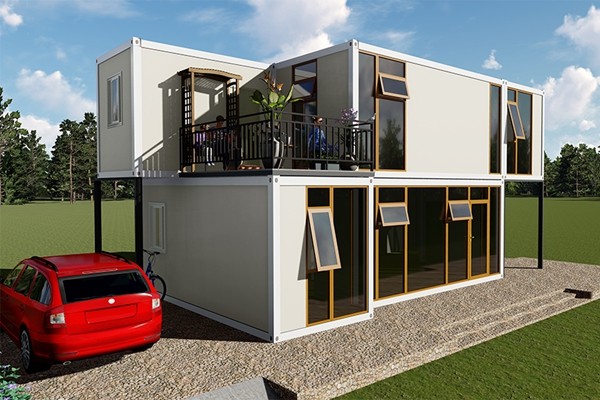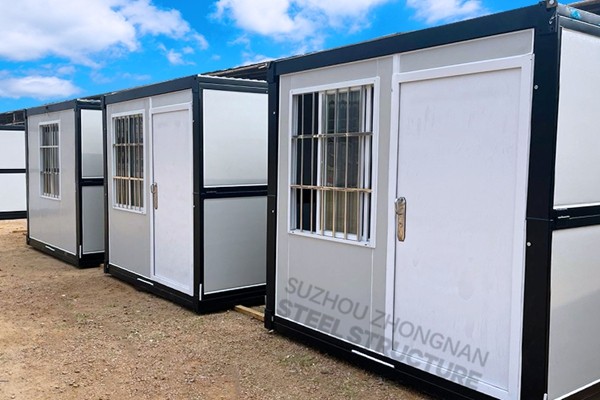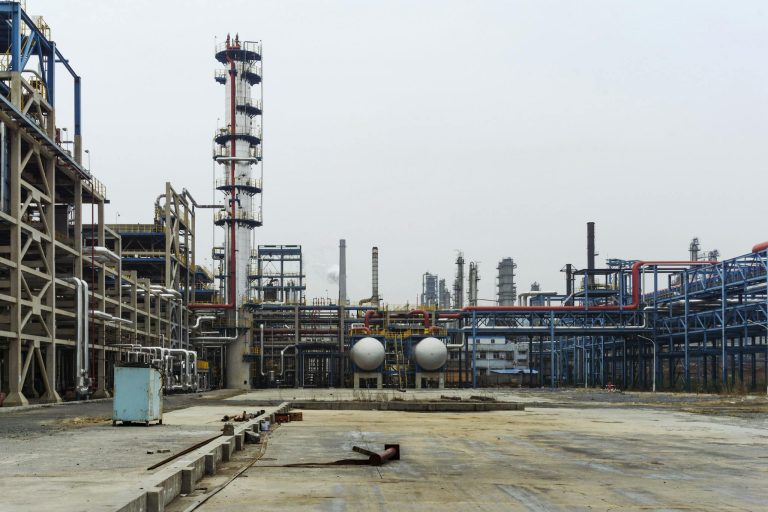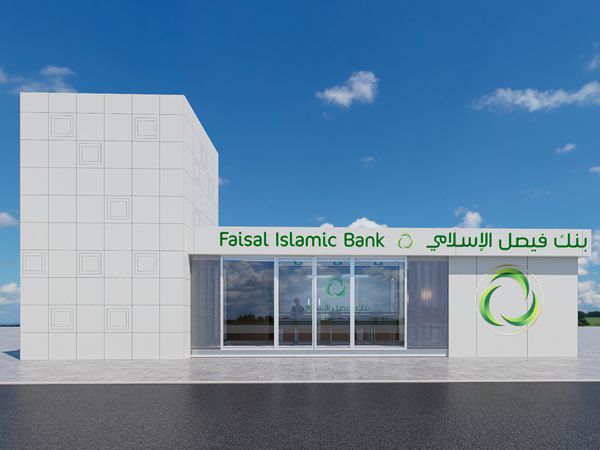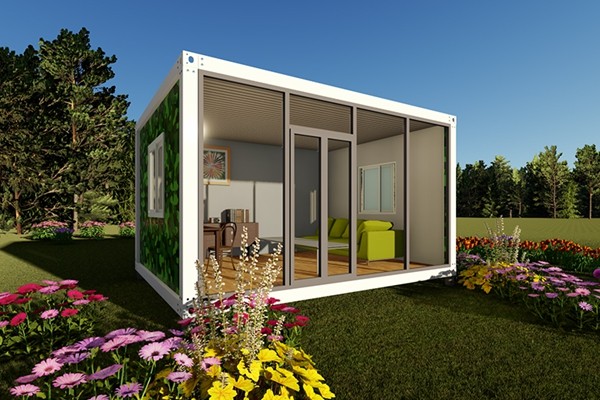average cost of manufactured home
Navigating the landscape of purchasing a manufactured home involves understanding various critical aspects, one of which is the average cost. From a product perspective, comprehensive knowledge not only guides potential buyers in financial preparation but also aids in aligning expectations with the market offerings.
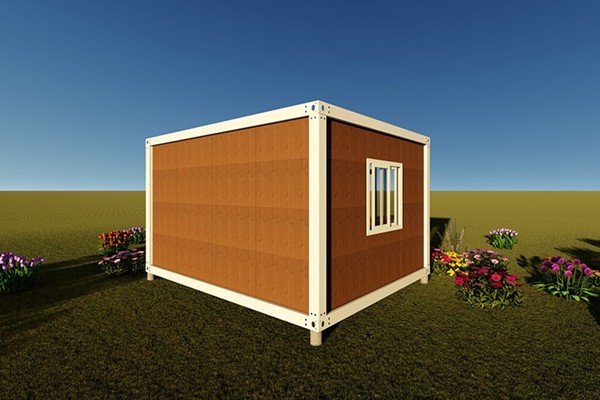
Manufactured homes provide a cost-effective alternative to traditional housing, often coming with a lower price tag yet equipped with modern amenities and energy-efficient designs. The average cost of a manufactured home in the United States, as of recent trends, ranges from $60,000 to $100,000 for a single-section home and $110,000 to $250,000 for a multi-section home. These figures serve as a baseline, with numerous factors influencing the final pricing.
A pivotal factor affecting the cost is the home’s size. Single-wide homes offer compact living areas, ideal for individuals or smaller families, usually priced at the lower end of the spectrum. In contrast, double-wide and even triple-wide homes cater to those requiring more space, contributing to a higher upfront cost. Square footage is directly proportional to the price, thus making it a key consideration in the budgeting process.
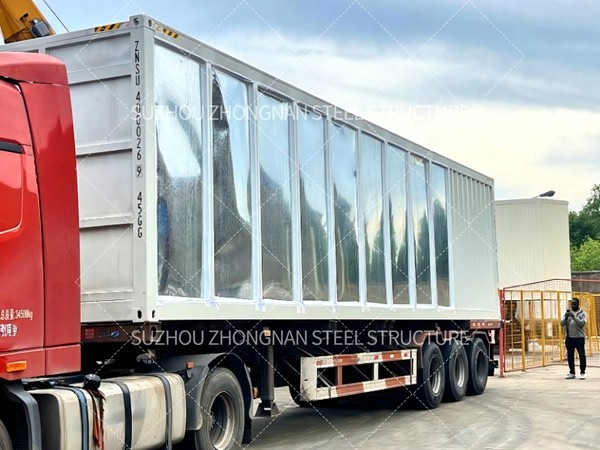
Geographical location plays a significant role in pricing dynamics. Regions with higher demand for manufactured homes, particularly in areas facing housing shortages, tend to see elevated prices. In contrast, rural areas or states with less competitive realty markets might offer more affordable options. It is also noteworthy that transportation costs, determined by the distance from the manufacturing facility to the home site, can add substantially to the overall expenditure.
Customization is another compelling aspect that influences the cost spectrum. Prospective buyers often have the option to personalize their homes, from choosing upgraded materials like granite countertops to high-end fixtures. While these upgrades enhance aesthetic appeal and functionality, they invariably increase the unit’s final price tag. Thus, understanding the balance between need and luxury is imperative in cost management.
Land acquisition or leasing represents another critical financial consideration. Manufactured homes may be placed on owned land, leased land, or within a manufactured home park. Each option has its implications on cost. Purchasing land elevates the initial investment but can add to the property’s value in the long term. Meanwhile, renting a spot in a mobile home park typically requires monthly fees, which could fluctuate based on park amenities and location desirability.average cost of manufactured home
The financial journey doesn’t end with the purchase. Owners should budget for additional expenses such as site preparation costs which include foundation, utility hookups, and permits. Maintenance and insurance are ongoing costs that, although often lower than traditional homes, must be factored into the overall financial plan.
Advancements in manufactured home construction have improved their energy efficiency significantly. Many come with energy-efficient windows, better insulation, and more effective climate control systems that lower utility bills. While these features can slightly increase the cost upfront, they offer long-term savings and environmental benefits.
Financing options for purchasing a manufactured home differ from traditional mortgages. Opting for a chattel loan, which is typically available for homes placed on leased land, often comes with higher interest rates. Conversely, if the home is placed on owned land, traditional mortgage options might be more accessible, potentially offering better interest rates and terms. Understanding these financing avenues, their prerequisites, and benefits is critical in optimizing costs.
The reliability and reputation of the manufacturer can affect the price. Established brands, known for quality and durability, might command higher prices compared to less renowned counterparts. Investing in a reputable manufacturer not only ensures product longevity but also enhances resale value, thus reflecting on an advantageous cost-to-benefit ratio for the homeowner.
In conclusion, while the average cost of manufactured homes provides a foundational guideline, each buyer’s experience is unique, influenced by factors such as customization preferences, site location, and financial planning. Ongoing research, consultation with real estate professionals, and comparison of options ensure a well-informed purchase decision. This strategic approach not only elevates buyer confidence but ensures a home investment that aligns with both fiscal responsibility and lifestyle aspirations.

